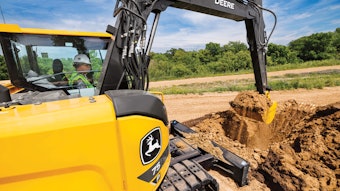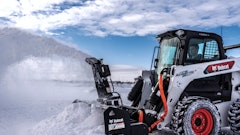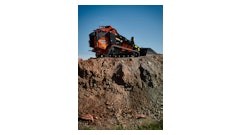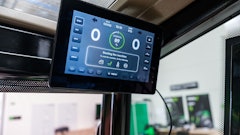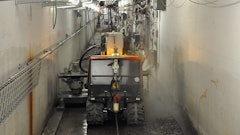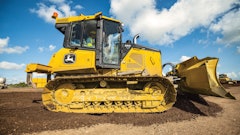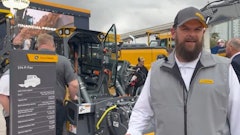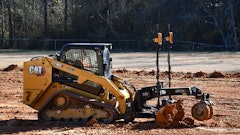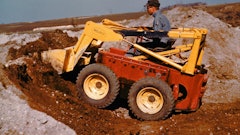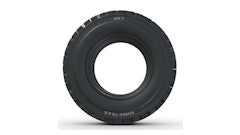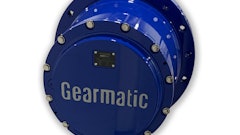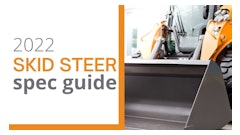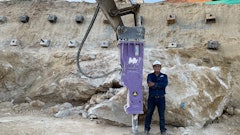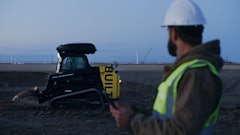The following OSHA safety practices will minimize hazardous situations associated with operating and maintaining skid steer loaders:
- Always read and understand the operator's manual before using the piece of equipment. Always follow the manufacturer's recommendations and specifications when operating it.
- Always lower the bucket or attachment so that it is flat on the ground. Do not attempt to activate the skid-steer loader’s controls from outside the operator's compartment.
- Do not leave the operator's seat while the engine is on. Never attempt to activate the controls unless properly seated with the seatbelt fastened and the seat bar (if equipped) lowered. Keep all body parts inside the cab while operating a skid-steer loader.
- Never modify, bypass, disable, or override safety systems. Similarly, never operate equipment in which safety systems have been modified or are not working properly. Equipment with modified or malfunctioning safety systems should be taken out of service until repaired or replaced.
- Never permit riders on the skid-steer loader, in the bucket or attachment, or in the operator's compartment unless the compartment is designed to accommodate a second rider.
- Always keep bystanders a safe distance away from the work area.
- Establish a routine maintenance and inspection program in accordance with the manufacturer's recommendations. Inspect the skid-steer loader to ensure that all safety systems are functioning properly prior to operating the equipment.
- Follow the manufacturer's instructions for maintaining the skid-steer loader. Never attempt maintenance or other work while lift arms or attachments are raised without using an approved lift arm support device. Replace protective guards and shields after repairs or service.
- Train personnel on the proper inspection, use, maintenance, and repair of skid-steer loaders according to the manufacturer's instructions. Train supervisory personnel to identify hazards, such as safety systems that have been bypassed, disabled, or that require maintenance.
Source: OSHA Safety and Health Information Bulletin (SHIB) # SHIB 01-12-2009 “Hazards Associated with Operating Skid-Steer Loaders with Bypassed and/or Improperly Maintained Safety Devices.”
Companies in this article




